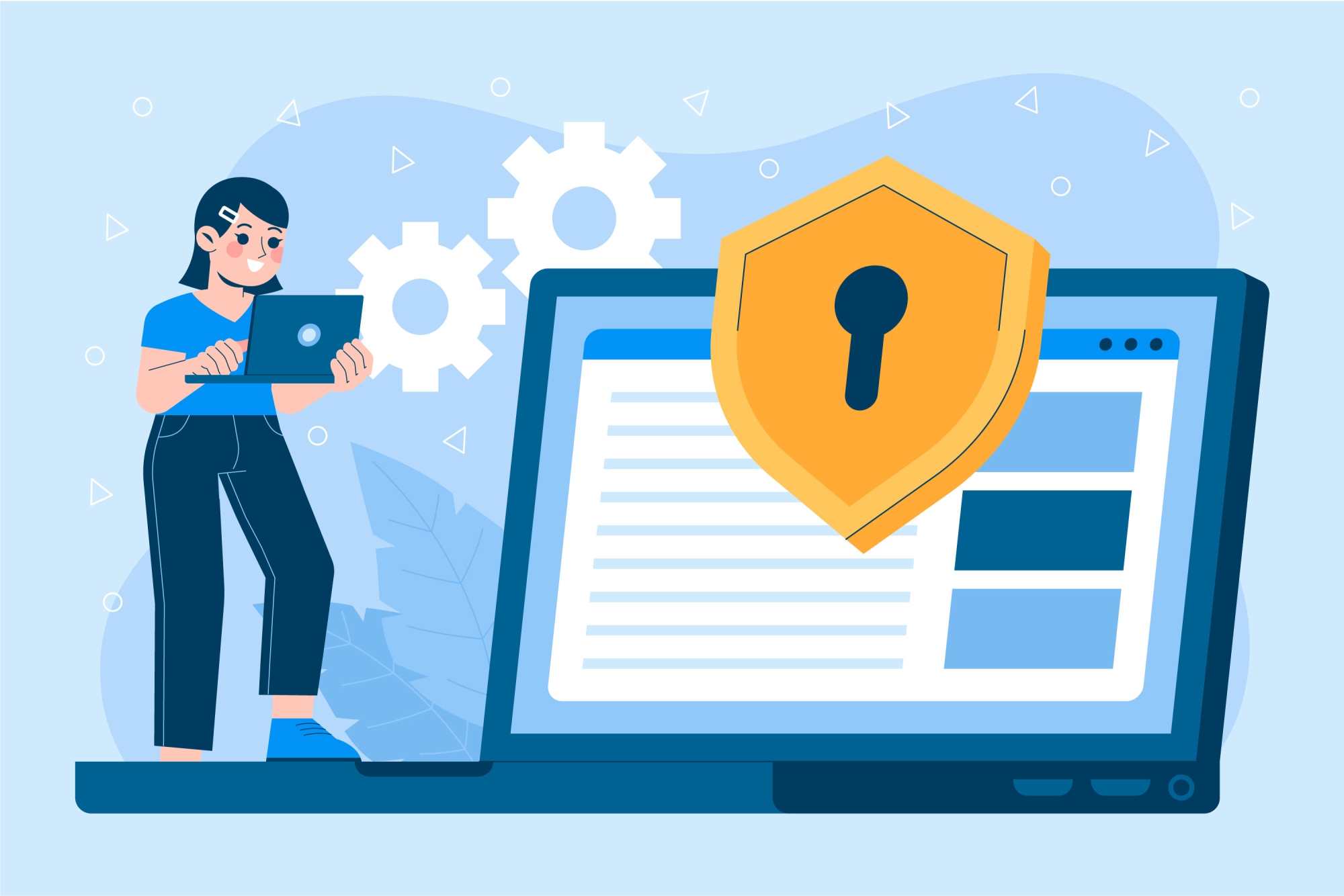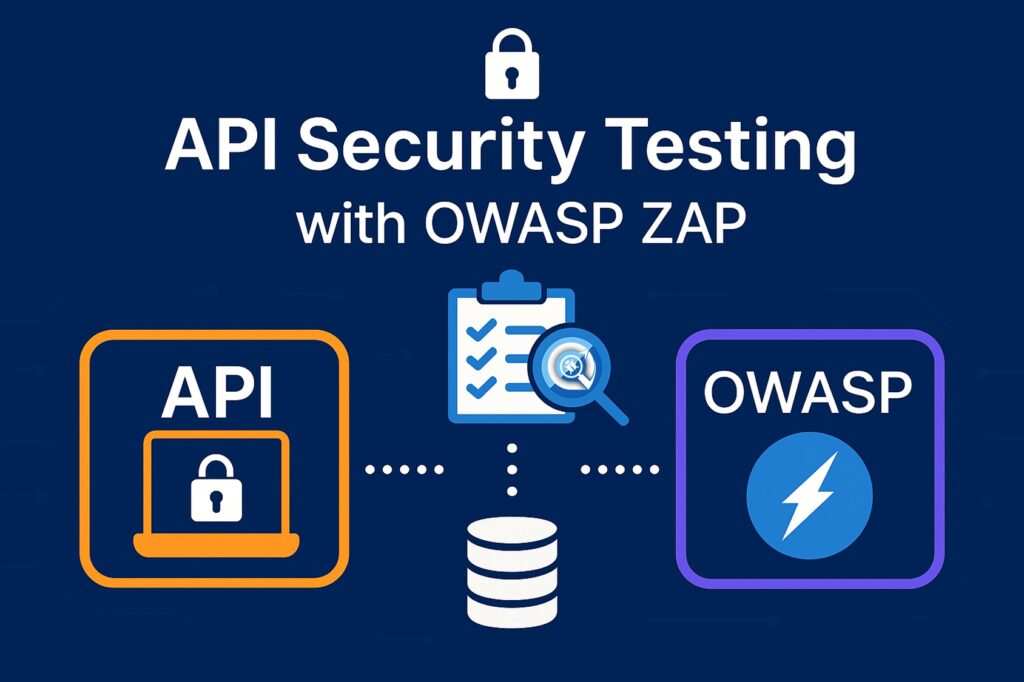Introduction
In the current environment, there are countless security threats, and despite various new threats, the insider threat remains one of the most potent threats to organizations. Insider threat refers to instances associated with people who possess certain knowledge about the organization, foreseeable to act misleadingly or unconsciously.
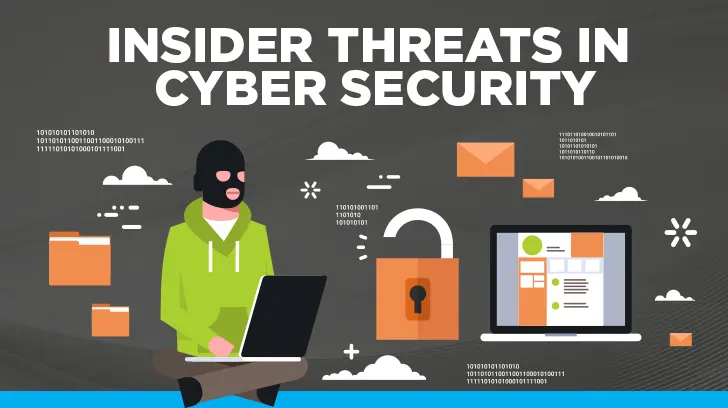
This blog covers what makes insider threats different from external threats, how security testing should be conducted to protect against such threats, and recommendations to ensure your organization does not fall victim to insiders.
What are Insider Threats?
Insider threats are those who have inside access to the organization’s systems and are employed either currently or in the past, are part of the organization, or have a business relationship with the organization.
These threats can manifest in various forms:
- Malicious Insiders: People who maliciously seek to harm others by stealing or falsifying data, corrupting systems, or divulging confidential information.
- Negligent Insiders: Insiders, who were otherwise innocent and became involved in messing up corporate security through practices like falling for phishing scams or configuring systems improperly.
- Compromised Insiders: Targets of social engineering frauds in which employees’ accounts are compromised by outsiders to steal organizational data.
Importance of Security Testing for Insider Threats
Security testing for insider threats is crucial for several reasons:
- Protecting Sensitive Data: Insider threats can result in data loss, which may include customers’ information, business secrets, and corporate and financial data among others.
- Maintaining Trust: Clients, partners, and other stakeholders should be assured by organizations that their data is secure to guarantee their continued patronage.
- Regulatory Compliance: Most industries have various regulatory standards for data protection and these have to be met. This is to mean that security testing aids in compliance with these regulations.
- Minimizing Financial Losses: Intrusions from insiders can lead to significant financial losses in terms of lost data, penalties, as well as the costs of recovery and mitigation.
- Safeguarding Reputation: This is because one insider has the potential to severely damage the reputation of an organization, thus causing a customer and business drift.
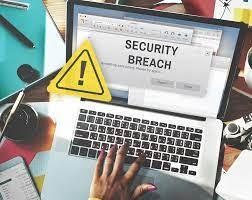
How to Conduct Security Testing for Insider Threats: Tips and Best Practices
The following is a detailed step-by-step to-do list that can guide anyone to conduct security testing for insider threats.
1. Establish a Security Policy
Tip: Work closely with your IT department to draw up a comprehensive security policy that demarcates acceptable use of computers, handling of data, and controls to the users.
- Define who gets to see, review, utilize, or control which information and systems are available to who in the organization.
- Restrict users in their access privileges to have at least the minimum level of authorization needed for their job.
- Actively monitor, analyze, and reconsider access rights so that they remain fair and balanced in the organization.
2. Conduct Risk Assessments
Tip: Identify potential insider threats and how risky they are as a breed.
- Establish which data and systems are most critical and therefore, need protection.
- Evaluate the risk and consequences of the insider threat about previous malware attacks in the company.
- Prioritize the risks, which are important for the organization, and attempt to find walking and talking ways to manage them.
3. The other is the use of Monitor and Detecting Devices
Tip: Employ hi-tech solutions to track unusual behavior and possible insiders of dangerous potential.
- User Activity Monitoring as it helps in tracking the activities of users on core business applications and database systems.
- Utilize machine learning and AI to extract what is out of the ordinary and odd in the mimic.
- Often looked at the logs and the timelines to determine whether there was any sign that the system was accessed by unauthorized personnel or data leaked.
4. Conduct Regular Audits and Penetration Testing
Tip: To ensure maximum security is provided, embrace often security assessment, and vulnerabilities such as cracks should be detected through penetration testing.
- Regular internal reviews should be performed to assess degrees of conformance with security policies and to determine where possible lapses may have occurred.
- Perform penetration tests on internal systems without their knowledge as a way of assessing the strength of the security measures that have been put in place.
- Please consider hiring outside security consultants to do the assessments for you and bring their fresh different perspectives.
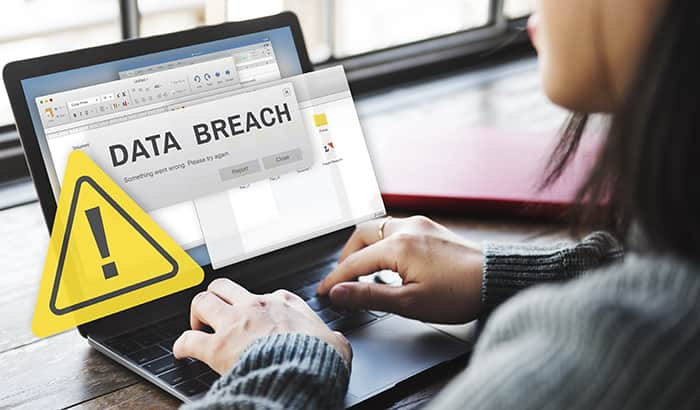
5. Sample Requirement Statement for Authentication Strong
Tip: Enhance Identification mechanisms and apply proper encryption on valuable information to address cases of insider threats.
- The organization needs to follow the strategy of MFA to ensure additional security measures to the key systems.
- Secure the information by using encryption both while it is being transmitted and when stored to ensure it cannot be accessed by unauthorized personnel.
- Ensure user carefully selects their passwords and change them frequently.
6. Educate and Train Employees
Tip: Educate the employees and create awareness and sensitivity about security and securities hazards, risks, and insider threats.
- Provides recommendations about how to perform more frequent training sessions concerning insider threat awareness.
- Conduct email and phone mimics to help ensure employees do not fall for such scams.
- As part of social responsibility, one should encourage employees to come forward regarding any suspicious activities and possible security concerns.
7. Develop an Incident Response Plan
Tip: Use the steps below to ensure that you are ready to handle insider breaches when they occur:
- Create a team to address insider threat circumstances in the organization.
- Establish procedures for the identification of insider attacks as well as processes for mitigation and restoration.
- Implement a procedure for practicing mock incidents so the responders can be ready for such situations.
Suggestions and Recommendations
1. Zero Trust Model:
Implement an infrastructure that does not trust any request whether internal or external and authorizes each request.
2. Behavioral Analytics:
Employ user behavioral analysis to identify aberrations from norms that could be expected, which is an indicator of the insider threat.
3. Data Loss Prevention (DLP):
Make use of DLP solutions for the detection and prevention of improper flow of data, call it leakage as well.
4. Segmentation:
Subdivide various networks and databases to contain the risk of insider threat.
5. Whistleblower Programs:
Measures that require the personnel to participate in whistle-blowing where they could report acts of fraud honestly.
Conclusion
About insider threats, it must be pointed out that they are a real menace to any organization, and proper security testing and prevention actions should be devised. In this blog, the nature of insider threats and the measures that the company can take to prevent them is explained. Hence it is possible to mitigate risks related to insider attacks and increase the level of trust from stakeholders.
Insider threats are not restricted to a single test, and the process of identifying an insider threat is an endless task that requires constant monitoring, organizational development, and the integration of efforts. Of course, with the right information and planning, it is possible to minimize internal breaches and protect the assets from kindred threats.

